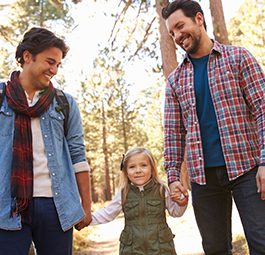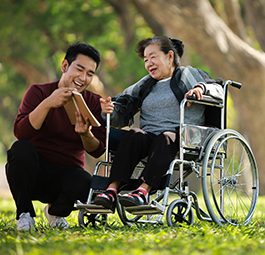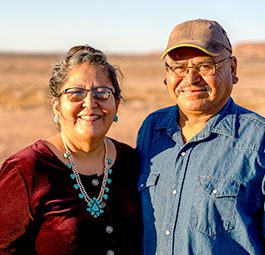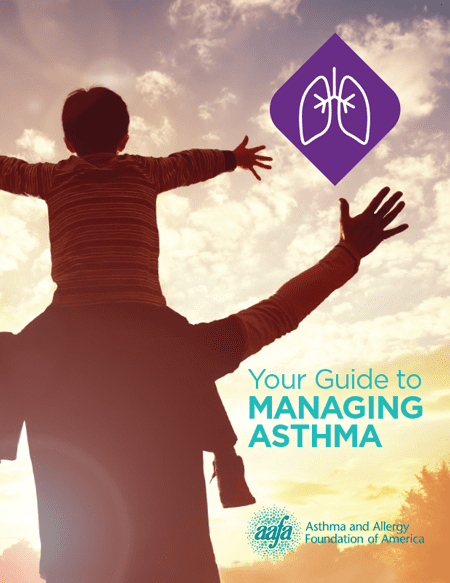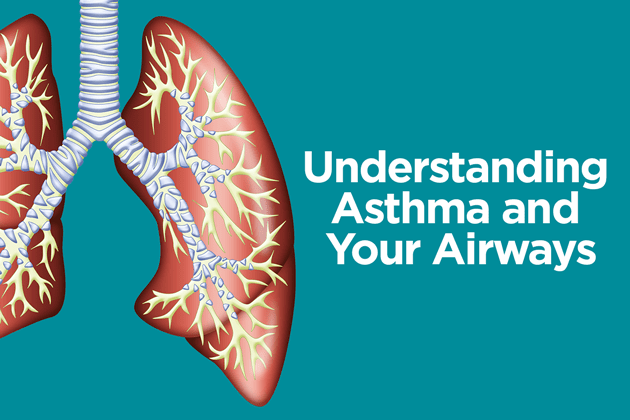Asthma
Asthma in Adults
Many people think of asthma as a childhood disease. But asthma may develop at any age and is common in adults. It’s one of the top reasons for missed work days.1
How Common Is Asthma in Adults?
About 21 million U.S. adults age 18 and older have asthma. Asthma is more common in female adults than male adults. Around 9.8% of female adults have asthma, compared to 6.1% of male adults.2
Black and Puerto Rican adults have the highest rates of asthma in the United States. Black adults also have the highest rate of asthma attacks.2
Closed
What Are the Symptoms of Asthma in Adults?
Common signs and symptoms of asthma in adults include:
- Shortness of breath
- Cough
- Chest tightness or pain
- Wheeze (a whistling sound when you breathe)
- Waking at night due to asthma symptoms
- A drop in your peak flow meter reading (if you use one)
What Is Adult-Onset or Late-Onset Asthma?
You can develop asthma at any age. Experts aren’t exactly sure what causes adult-onset asthma (sometimes called late-onset asthma). But some conditions can put you at greater risk for getting it.
You may be more likely to get adult-onset asthma if you:
- Are female (due to hormonal changes or estrogen treatments)
- Have allergies
- Work in an environment with a lot of allergens, irritating chemicals and particles in the air (occupational asthma)
- Smoke or vape
- Are overweight
- Have gastroesophageal reflux disease (GERD)
Two types of asthma are more common in adults than in children:
- Eosinophilic asthma
- Aspirin-sensitive asthma (aspirin exacerbated respiratory disease / AERD)
Some people have asthma as child and then have their symptoms go away for years, only to come back later in life. This happens because children don’t really outgrow asthma. Asthma symptoms can go into remission or change over time.
How Do Doctors Diagnose Asthma in Adults?
To diagnose asthma in an adult, a doctor will ask about your medical history and family history, do a physical exam, and do lung function tests. They may also do allergy tests since allergic asthma is common in adults.
What Is the Treatment for Asthma in Adults?
The treatment for asthma in adults involves:
- Avoiding or reducing asthma triggers. To do this, you need to know what triggers your asthma and then take steps to manage those triggers. Triggers can include viral infections, exercise, cold air, allergens, strong odors/chemicals, smoke, medicines, and even strong emotions. Once you know your triggers, you can control or manage them. (Use AAFA’s Healthier Home Checklist to help you.)
- Taking asthma medicines as prescribed. You may need to take medicines daily, as needed, or both. This will depend on the severity of your asthma and the type of medicine you use. Some asthma medicines work to control (or prevent) the inflammation (swelling) in your airways. Other asthma medicines work to “relieve the squeeze” in your airways and aim to stop symptoms after they begin. (Learn more about the different types of asthma medicines and how they work.)
- Following an asthma action plan. It’s important to know the signs and symptoms of asthma and when to take your medicines. An asthma action plan can help you self-manage your asthma. Ask your doctor or health care provider to help you with an asthma action plan.
- Taking care of your overall health. There are other medical conditions or illnesses that can make your asthma worse. To keep your asthma under control, you may need to take care of other parts of your health, too. Examples include allergies and acid reflux.
When your asthma is under control, you can expect:
- Few or no symptoms
- No interruptions to your daily activities (school, work, exercise) or sleep
- Prevention of acute asthma attacks
- Decreased need for quick-relief medicines
- Improved overall quality of life
Sometimes adults have difficult-to-control or severe asthma. Talk with your doctor about your asthma treatment if you continue to have symptoms that affect your daily activities or sleep. You may need your asthma and treatments reassessed to effectively manage your symptoms. There are treatments known as biologics that treat moderate-persistent and severe asthma.
What Is the Difference Between Asthma in Adults and Asthma in Children?
Asthma in adults is usually more persistent. Symptoms in children may be intermittent and can ease as they enter puberty.
Many of the symptoms of asthma are the same in children and adults. Some signs and symptoms are more common in infants and young children than in adults. These include flaring nostrils, tiredness, and poor eating. Adults don’t usually have these types of symptoms.
Asthma is more common in male children than female children. Around 8.4% of male children have asthma, compared to 5.5% of female children.2 This switches in adulthood when asthma becomes more common in female adults than male adults.
Adults are five times more likely to die from asthma than children. Female adults are more likely to die from asthma than male adults.3
Adults also face challenges with asthma management that most children don’t have. Some heart medicines – such as beta blockers, aspirin, and ACE inhibitors – can affect how asthma medicines work or cause asthma-like symptoms.
Medical Review: June 2022 by John James, MD
References
1. Nurmagambetov, T., Kuwahara, R., & Garbe, P. (2018). The Economic Burden of Asthma in the United States, 2008–2013. Annals of the American Thoracic Society, 15(3), 348–356. https://doi.org/10.1513/annalsats.201703-259oc
2. Centers for Disease Control and Prevention. (2020). 2019 National Health Interview Survey Data. U.S. Department of Health & Human Services. https://www.cdc.gov/asthma/nhis/2019/data.htm
3. National Center for Health Statistics. National Vital Statistics System: Mortality (1999-2018). U.S. Department of Health and Human Services, Centers for Disease Control and Prevention. https://wonder.cdc.gov/ucd-icd10.html



